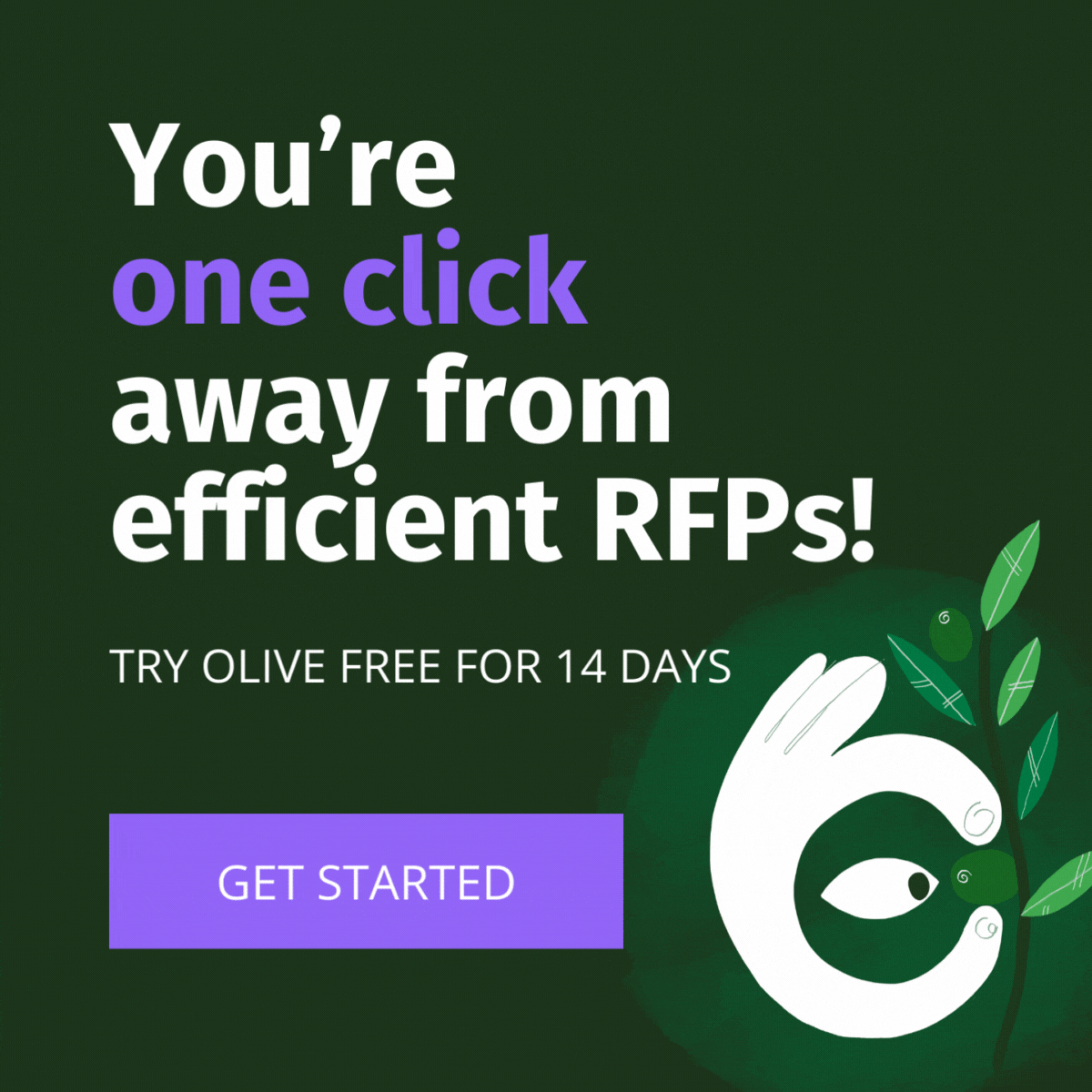The software sourcing journey can be an arduous quest. You’re navigating vendor websites, enduring relentless sales pitches, and drowning in a tsunami of information requests.
It all leads to the pivotal and anxiety-ridden moment of the demo—a high-stakes test for the software you’ve studied. Yet, as you sit through yet another f****** demo, the sinking feeling of disappointment washes over you.
Once praised as the perfect fit for your organization, the software stumbles awkwardly through vital functions. Or, worse, strays far off course from your essential requirements.
Sadly, you’re not alone in this ordeal. Countless IT Leaders, PMOs, Digital Transformation Managers, CIOs, and consultants across various industries and company sizes share the same woeful tale. (Hey, at least you find out it’s a bad fit during the demo and not during implementation… )
Sound familiar?
Keep reading to learn why the same old rigid and dated waterfall process doesn’t work—and how your organization can streamline the software selection process.
Pros and Cons of Traditional Software Sourcing Methods
In the world of traditional software sourcing, some organizations may hire consultants or rely heavily on analyst sites in the hopes of expediting the process. While these approaches have their merits, they often come with their own set of challenges.
Consultants
Bringing in consultants can provide expertise and save time. You’re also paying someone else a LOT of money to do the sourcing work for you—and crossing your fingers they get it right.
While consultants may have valuable insights, they might not fully grasp the nuances of your organization. (And if you have to spend hours teaching them, did you really save time?) It’s essential to balance leveraging external expertise and maintaining an internal understanding of your requirements to ensure a software solution aligns perfectly with your business.
Analyst sites
Relying solely on analyst sites like Gartner or Forrester to make software sourcing decisions can lead to skipping essential steps in the process. These sites offer valuable market insights and vendor comparisons, but they don’t replace the critical internal discovery, requirements gathering, and stakeholder engagement phases.
The pressure is so high to pick the right solution that it’s easy to fall into the trap of choosing the “big name” because it feels safe. But the big name isn’t always the right fit for your organization. The consequences of this traditional approach are all too familiar: poor user adoption, unmet expectations, and crucial stakeholder requirements falling through the cracks.
A better way to source software
So, how should companies approach their software sourcing if traditional methods don’t work?
The answer is straightforward: prioritize collaboration, iteration, and a business-centric approach while harnessing the power of technology and AI to optimize the process.
A new way to source software
- Lead with business needs first
- Leverage the power of AI to streamline the process

This alternative approach recognizes the importance of these traditional methods while advocating for a more balanced and comprehensive strategy.
By merging external insights with a deep understanding of your unique requirements, you optimize the software sourcing process and ensure that the chosen solution truly aligns with your organization’s goals.
With our new philosophy guiding the way, let’s get started sourcing some software.
Buying enterprise software? Our guide will help you navigate the landscape quickly and objectively.
How to Select a Software Vendor (Without Pulling Your Hair Out)
Step 1. Define your business case
Before you start firing off demo requests, you need a rock-solid understanding of your business problem and all possible solutions. Establish a robust business case to ensure that the software investment aligns with your overarching business goals, not just departmental needs.
Remember to ensure key leaders are aligned on the business case for the new software. Assess the potential benefits to validate the solution’s necessity, and explore alternative approaches if applicable (e.g., upgrading current software or improving business processes).
Step 2. Gather requirements
What do you need, really? Ideally, answering this question is a collaborative process involving all key decision-makers.
These questions can help you get started with requirements gathering:
- What are our business goals for the next year?
- What areas of the business are growing, and what areas are shrinking?
- How could the right solution benefit our company?
- What’s our budget?
- What does success look like for our business?
You may find during this step that you need a larger budget. Taking the time to clearly define the business need early will help you make the case to Accounting.
Step 3. Collaborate and refine
When you and your team are aligned, the next step is to rank and define your must-have requirements list, the non-negotiables that the software solution must have.
Key considerations include:
- Cost
- Functional requirements
- Security
- Integrations with current enterprise software infrastructure
When you have defined your must-haves, you can then take a look at your nice-to-have requirements. This may include:
- User experience
- White-labeling and branding
- Mobile platform
 Questions to ask during requirements ranking
Questions to ask during requirements ranking
- What can we afford?
- What level of accessibility do we need?
- What does implementation and support look like?
- What are the shortcomings of the current solution?
- What technical features do we need?
- What workflows must the new software incorporate?
- What problems should the new solution solve?
Step 4. Issue an RFP
A request for proposal (RFP) is a strategic tool that helps you gather detailed information from potential vendors, enabling a comprehensive evaluation of their offerings.
Prepare a detailed RFP document that includes your business goals, specific requirements, and evaluation criteria. Vendor responses to your RFP provide invaluable insights into their understanding of your specific needs.
Step 5. Research vendors
While you’re waiting for RFP responses, you can also do your own research to list as many vendors as possible that meet your organization’s general requirements. This is when it helps to check those review sites, as one piece of the sourcing puzzle.
Reviews can be helpful in looking at the product from a user’s perspective, such as what customer support looks like or any unexpected outcomes from previous projects. Remember: while these solutions may be the right choice for one industry but are not matched to your unique business needs.
Tip: Read reviews with a grain of salt
Vendors typically pay platforms for visibility and may incentivize reviews by offering customers gift cards. Top-of-page placement on websites like Capterra, Getapp Software Advice, and G2 costs $$$, so keep this in mind when evaluating solutions.
Step 6. Short-list best-fit solution vendors
You’ve ranked your requirements, outlined cost considerations, and researched as many vendors as you possibly can in the space. Finally, you can create a short list of best-fit vendors or products that will work for you using your specific business needs as the filter.
Refine your short list based on both initial research and the evaluation of RFP responses. Eliminate vendors that do not meet the detailed criteria outlined in the RFP, and give more weight to those who demonstrate a deep understanding of your business.
 ROI and TCO
ROI and TCO
Remember: Cost isn’t just about the price tag.
Evaluate the return on investment (ROI) by considering the software’s price versus its value, including potential long-term cost savings and benefits.
Next, delve into the total cost of ownership (TCO) to gain a comprehensive view of all costs associated with the software over its lifecycle, including maintenance, support, training, and scalability costs.
Step 7. Demos and decision-making
When you have a short list of 3–5 vendors who meet your requirements, it’s time to demo. Visit each vendor’s website to schedule yourself for a demo. This will give you a good idea of the company’s customer support. Take your time in conducting the demo, and ensure other stakeholders are demoing the product at the same time. Consider surveying users to get their feedback.
3 tips for demos that won’t waste your time
- Use RFP insights to tailor your demo scenarios so vendors showcase features and functionalities directly relevant to your business requirements.
- Keep an open mind but remember to lead with your business needs. Don’t allow vendors to take you down a road that is more aligned with their offering than your requirements.
- Demoing products is considered the most important step of the software selection process, so to avoid going off track, come ready to learn.
Step 8. Select the right software vendor
Based on the product demos, you will likely have a favorite. Remove bias from the decision-making process by comparing your top pick once more to the ranked list of requirements. Do your due diligence in ensuring that you are choosing a solution based on your needs, without bias, with plenty of input from various stakeholders.
You did all of that work in the beginning—let it be your guide throughout the entire process.
Congratulations! If you stayed true to your business needs, you’ve found a solution that will best serve your organization’s goals and foster IT innovation.
The Future of Software Sourcing
Gone are the days when bespoke systems were the norm; today, off-the-shelf enterprise software solutions abound, automating and innovating standard work practices. The challenge now lies in finding the precise solution or combination of solutions that cater to your business’s unique needs—a task akin to locating a needle in a haystack.
Organizations often opt to cut corners, skipping or shortening key steps in the process to avoid the nightmare of software sourcing. However, the traditional process of meticulously identifying needs and evaluating solution options exists for a reason. Skipping this due diligence and jumping straight into the solutions can spell disaster.
Olive’s AI-powered software sourcing and RFP platform transforms the software selection process, avoiding the pitfalls of traditional methods.
Unlike rigid processes reliant on manual evaluations, Olive leverages artificial intelligence and automation to revolutionize every stage. This dynamic approach ensures efficiency, accuracy, and future-proof decisions, empowering enterprises to drive innovation.
Olive empowers organizations to easily make complex software decisions and choose the right software—no more wading through a sea of wrong-fit vendors.


 Questions to ask during requirements ranking
Questions to ask during requirements ranking ROI and TCO
ROI and TCO


